Stop, drop, and roll.
Duck, cover, and hold on.
As children, we learned simple survival slogans for responding to crises. They are great safety reminders of what to do in the initial moments. Yet so much of surviving and thriving beyond a disaster often requires knowing what you’ll need in the hours, days and weeks that follow.
A few years ago I attended a disaster preparedness class to help my family better prepare for what life might throw our way. We live in a region prone to earthquakes, fires and floods, so, really, anything can happen. I discovered how getting organized – what I do for people every day! – could help us more effectively respond in any crisis.
Organizing a few essentials ahead of time can be very empowering. It’s a terrific way to mentally rehearse what you’ll need to do to act fast and safeguard what’s important.
As with anything in life, practice leads to better performance. Disasters don’t happen often (thankfully), but the preparations you take will better equip you and your family to handle such an event.
To make it easier, I’ve put together a list of some of the most important and common resources people need during and following an emergency. Whether escaping to safety or restoring normalcy, preparing these 6 key items can greatly improve your response time, and your family’s resilience and recovery.
Let’s dive in and broaden our survival skills!
#1: Review Your Homeowners/Renters Policy
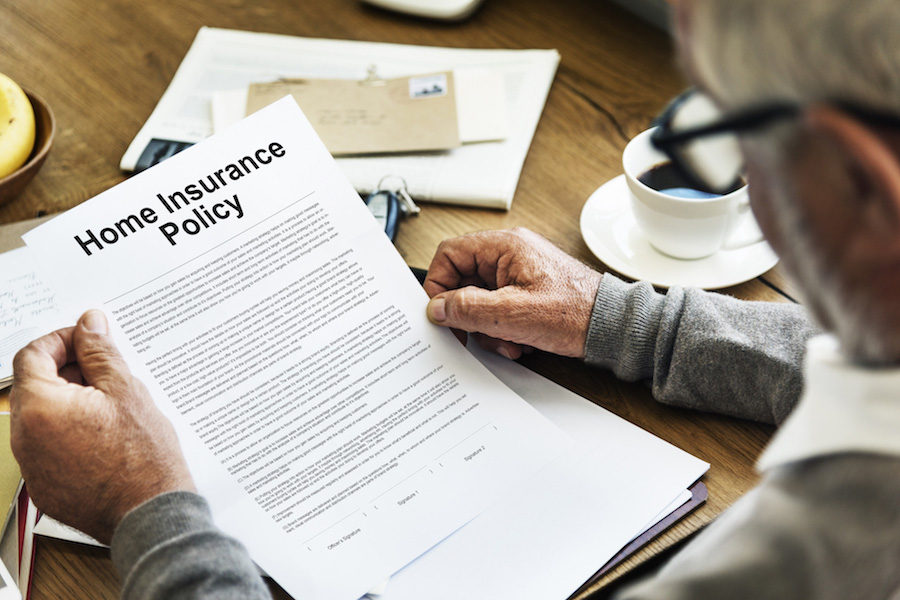
Knowing where to turn to if you’ve experienced property loss or damage can provide much-needed relief and hasten restoration efforts.
Check that your homeowners or renters insurance is up to date and that you know what it covers. Does it cover you for fire, theft, earthquake or flood? This is so important. As many Southern Californians know, you often need separate policies for earthquakes and for floods. Take the time to discuss what your policy does and does not cover with your policyholder.
Also, take stock of the value that’s in your home. Ensure that your policy will cover the cost of replacing valuables such as art, jewelry and other collectibles. If you’re a homeowner, also consider the cost of rebuilding the home. You may need an appraisal to get those numbers, or it may be time to update an old appraisal and revise your policy accordingly.
#2: Inventory Items in Your Home
There is nothing more difficult than trying to prove what is no longer.
The easiest way to account for your possessions is to keep a visual record of them. It takes less than 30 minutes to film all of the possessions in your home; you can even use your smartphone.

As you go from room to room, be sure to film the contents of all shelves and closets, and open and close cabinets and drawers to get a complete record. You may even film a few receipts from your files of major purchases. Include all valuables, such as jewelry, fine art, or your stamp collection, along with any appraisals or insurance policies that cover those items.
Save the video file in the Cloud, and perhaps send it to a relative out of state. Make sure it’s secured through a remote back-up system. The video may prove very helpful if you need to report any loss or damage.
Since our possessions change over time, update your video each year. Get into the habit of snapping a quick photo of new and noteworthy purchases, such as a new appliance, bike or computer, and then uploading it to a folder along with the video in the Cloud.
#3: Update Your Contacts List
In a crisis, you want to reach people fast. Having the most current contact information lets you jump into action, get urgent information, and enlist help right away.
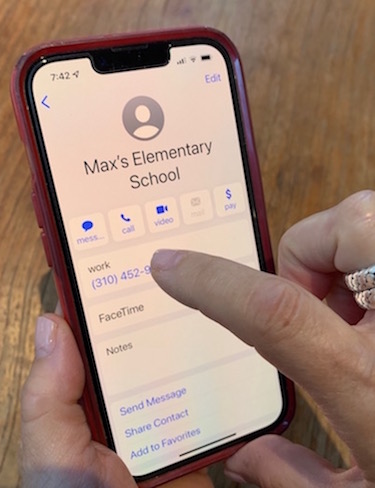 Once a year, review and ensure your contacts are up-to-date with details for loved ones and other emergency contacts and important providers, including:
Once a year, review and ensure your contacts are up-to-date with details for loved ones and other emergency contacts and important providers, including:
• family members, friends and neighbors
(Be sure to also have someone out of state who you can contact.)
• attorney
• doctors and other health practitioners
• health, home and other insurance representatives
• your banking and financial institutions
• your child’s school and after-school contacts
If you have kids, it’s also a good idea to include contacts of other parents with children in your child’s class and after-school activities so that you can reach your child quickly.
#4: Create & Review the Plan
One of the greatest “dress rehearsals” you can give yourself and your family is to go over the best home escape routes and local meeting places. Consider holding a practice drill that can be helpful for children to learn and remember the routes. Draw a map. Make it visual.
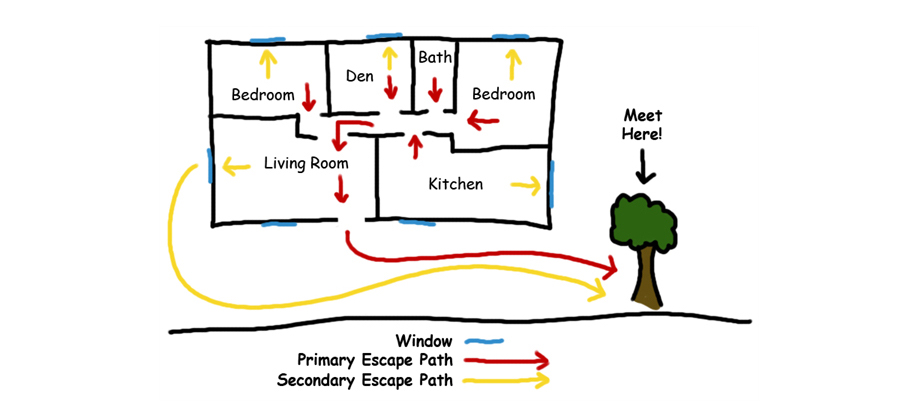
GoTimeGear.com Escape Planning
Create a plan and check it annually, as it can change when jobs, schools, and after-school activities change. Consider age-appropriate instructions for your child. Walk through a few scenarios, such as when family members are at home and when they’re at school and work.
Incorporate meeting places and the contacts you’ve gathered to form a communications plan. FEMA has wonderful ready-made sheets to print and fill out to keep on hand, including this kid-friendly one you can download and prepare >>
Depending on your child’s age, you could email them the completed plan for digital safekeeping, as well as add key contacts to their phone. Yet make sure everyone also carries with them the paper file – you might designate a place in your child’s school bag to protect this document – in case digital access isn’t possible during an emergency.
#5: Pre-install Useful Emergency Alert Apps & Notifications
When emergencies happen, there isn’t time to install apps. Cellular networks may also be too congested to allow heavy data transmissions needed to download apps. Once installed, however, reliable apps often run more efficiently and require less data than seeking information through a web browser.
Pre-install emergency alert apps that you may need. Check with your work, child’s school, and local authorities to see if they recommend any emergency plans and apps to connect to. If your city or county has an emergency alert app, be sure to install it.
Also, consider whether you want to set up geolocation tracking with your cell phone carrier for family members’ phones to help locate where everyone is in the event of a natural disaster. Alternatively, you can download a Family Location Tracker app.
Check out this reference to 7 Popular Emergency Alert Apps in 2022, which include a Family Location Tracker app, along with important apps to stay on top of the weather, traffic hazards, available shelters, and other alerts from leading crisis responders, like FEMA and the American Red Cross. It also lists a terrific Nextdoor resource to stay connected with your neighborhood community.
#6: Safeguard Your Communications
In an emergency, our cell phones become critical communication tools to locate our family and convey the best next steps to take. Get family members in the habit of charging their phones daily before leaving the house.
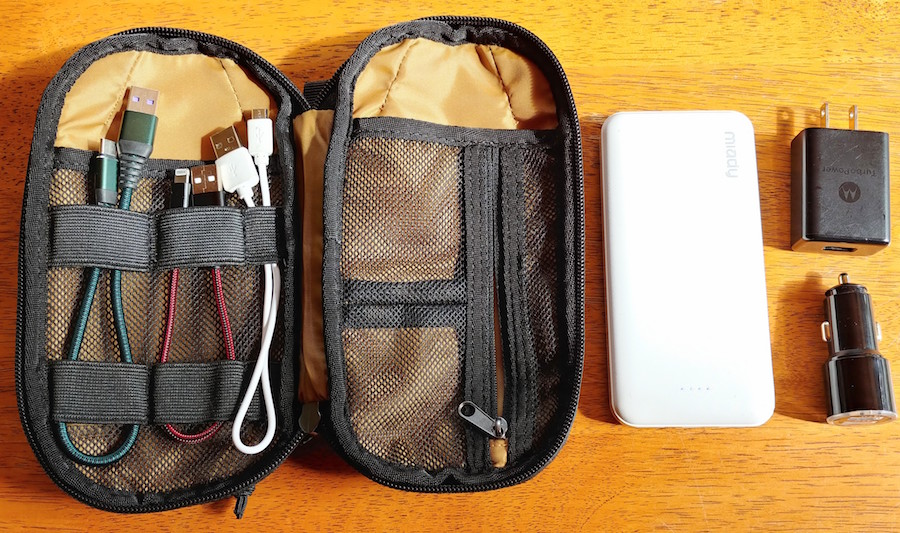
Also, always keep handy a back-up charger that can recharge your phone up to 3x or more without needing electricity. Set a monthly schedule to top off its charge. There are back-up charging kits that include different connector cables so that your base charger can boost the charge on various devices for you and your family. They also include a car charger which is useful when power is down and your car becomes your best source for recharging.
Lastly, depending on the scope and intensity of the natural disasters, the cellular network may go down or fluctuate in signal for a period. Consider alternative resources for such a scenario. Here’s a terrific link that provides reviews on popular long-range walkie talkies you might explore, along with walkie-talkie apps that support faster communication with your pre-set emergency contacts.
With just a few steps, you can establish some of the most common and immediate resources you’ll need in the event of an emergency. Once you’ve tackled these essentials, you can move onto other items that will help you manage in a disaster.
Be sure to check out these important blogs covering the 3 Things You Must Do to Prepare for an Emergency, which includes a comprehensive list of important documents and items to gather, and a deeper dive into Protecting Your Memories to safeguard photos and memorabilia from disaster.
Wishing you and your family success in preparing your survival tools and skills.
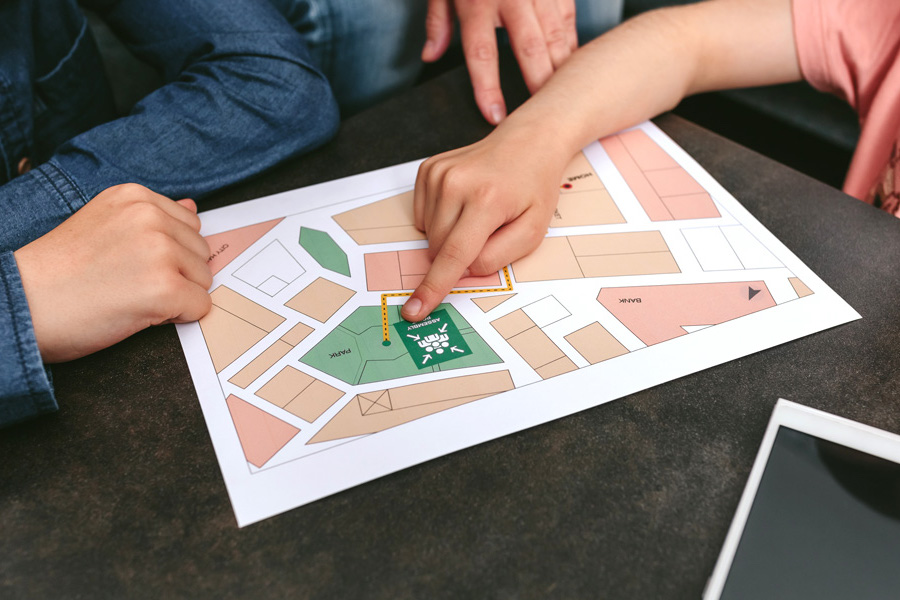
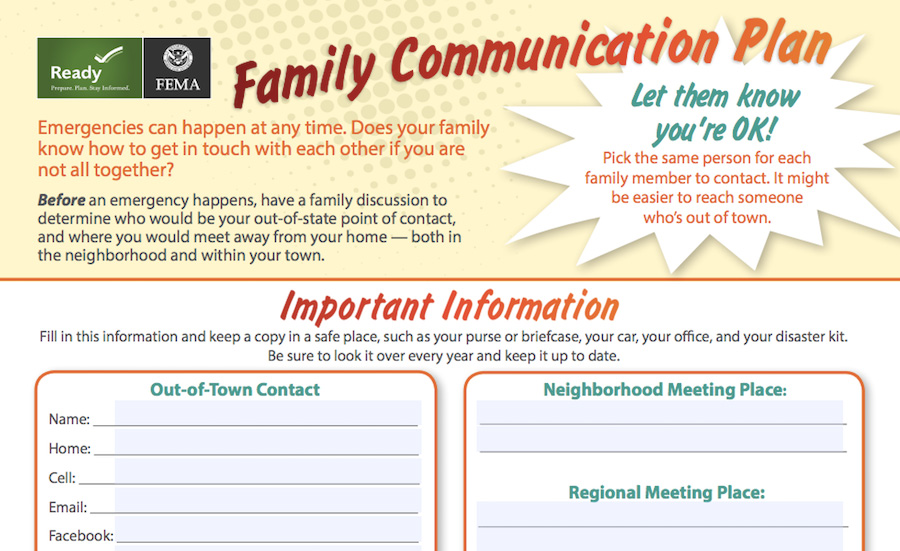
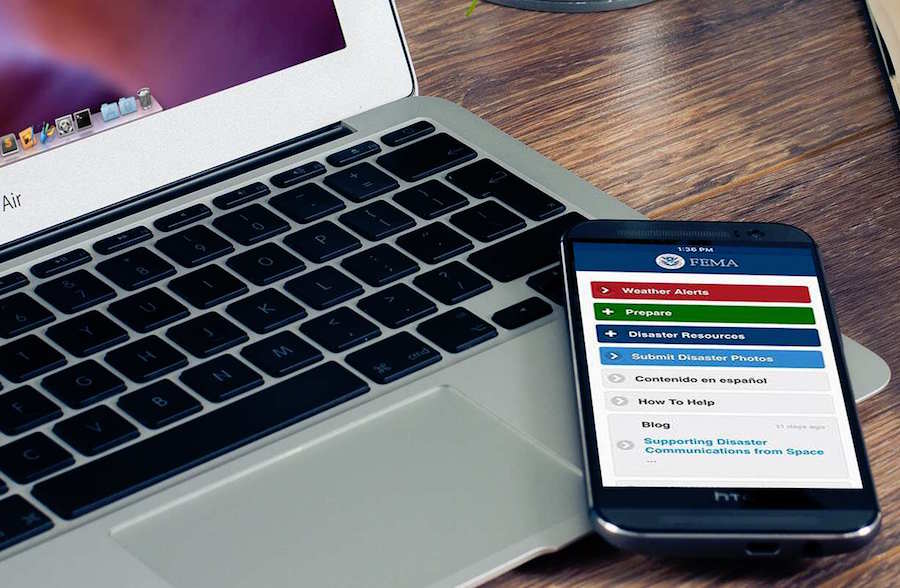
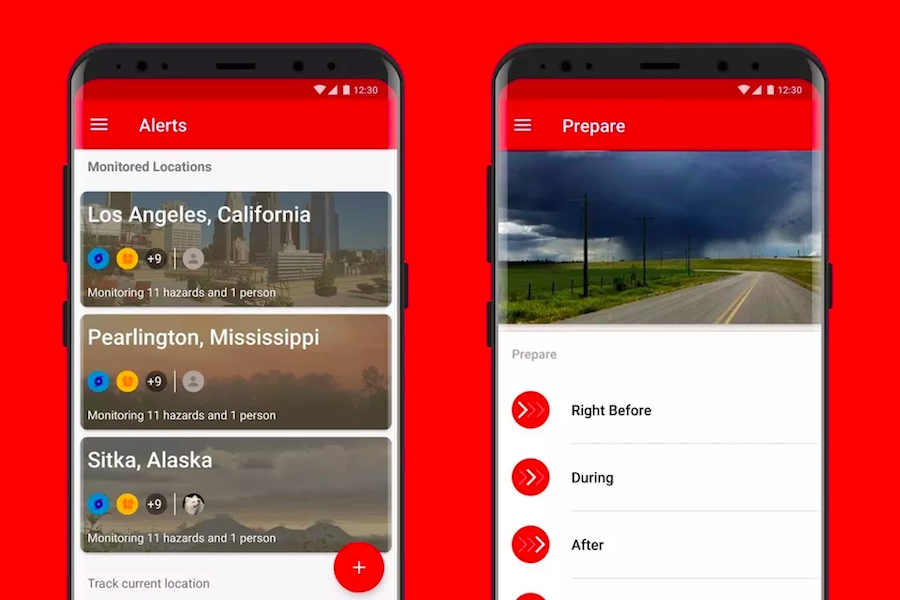
Comments +